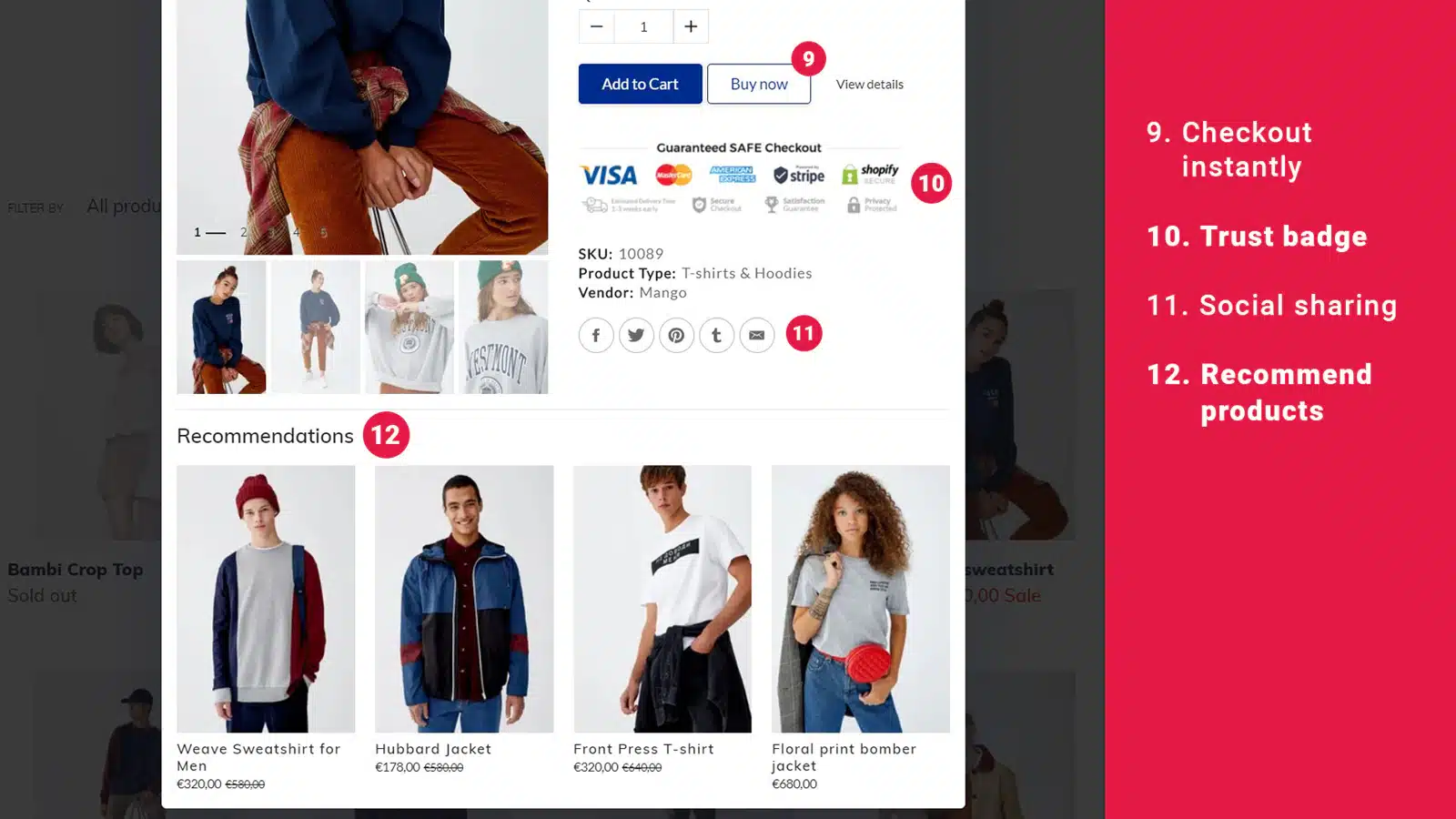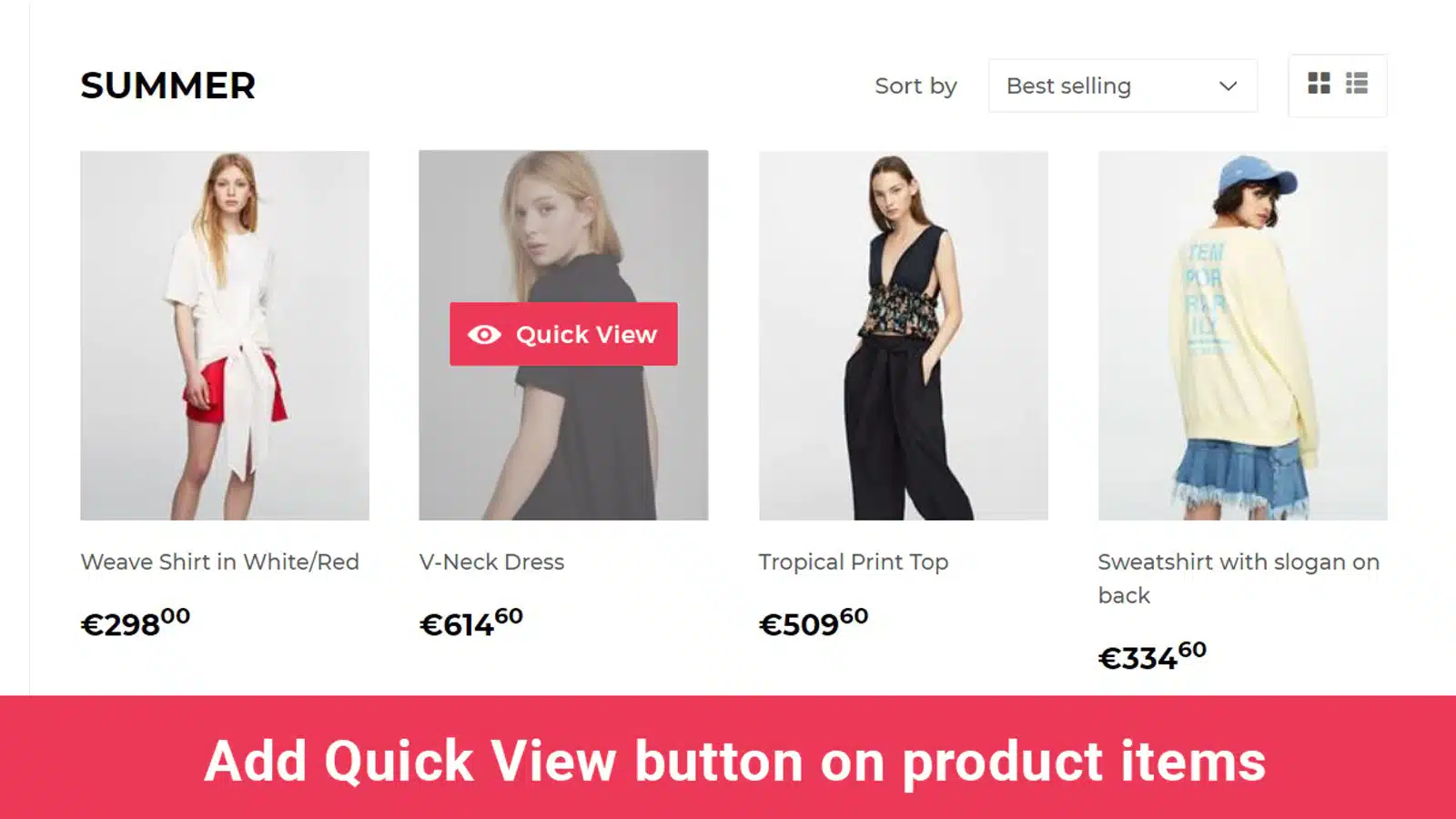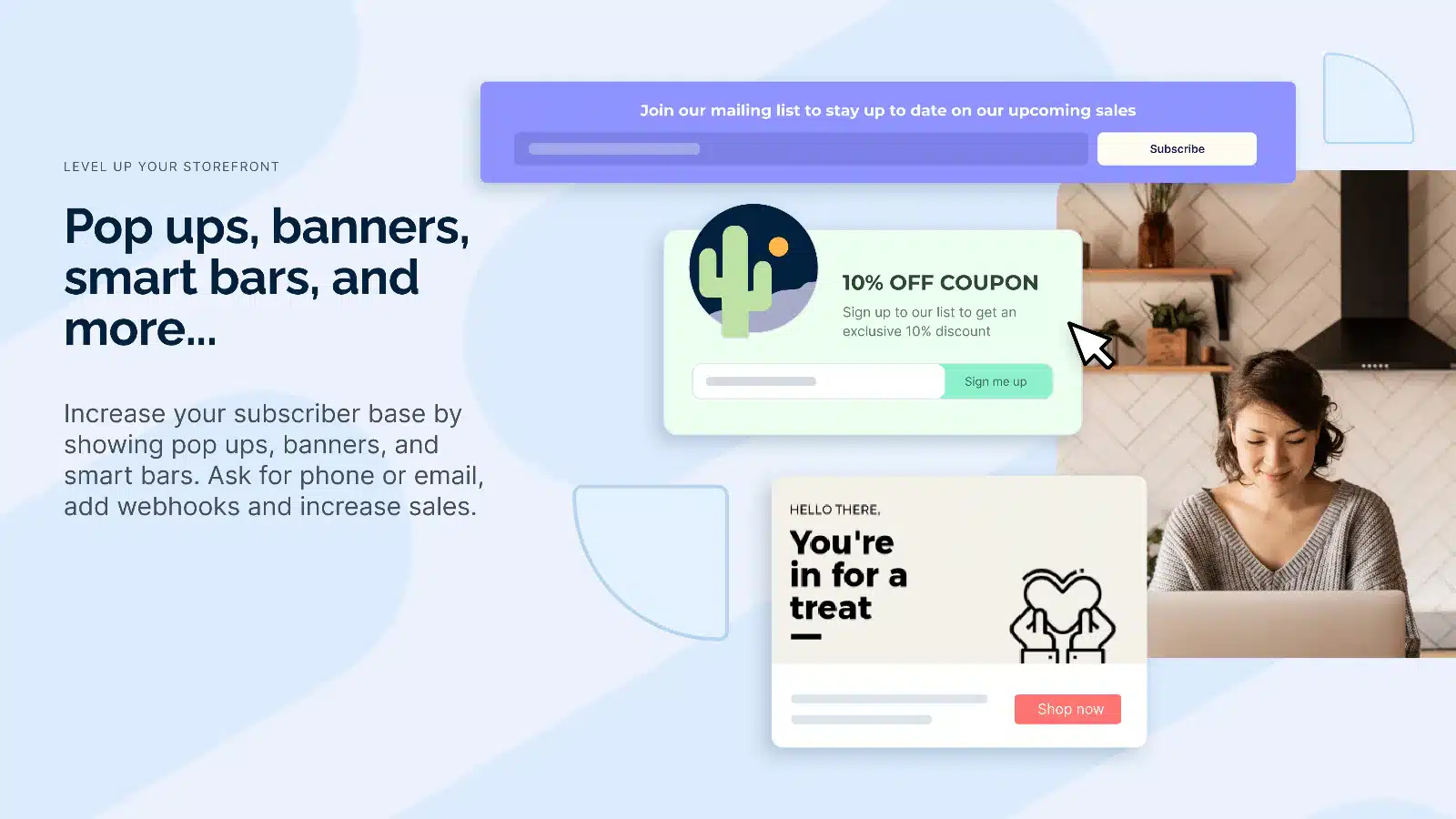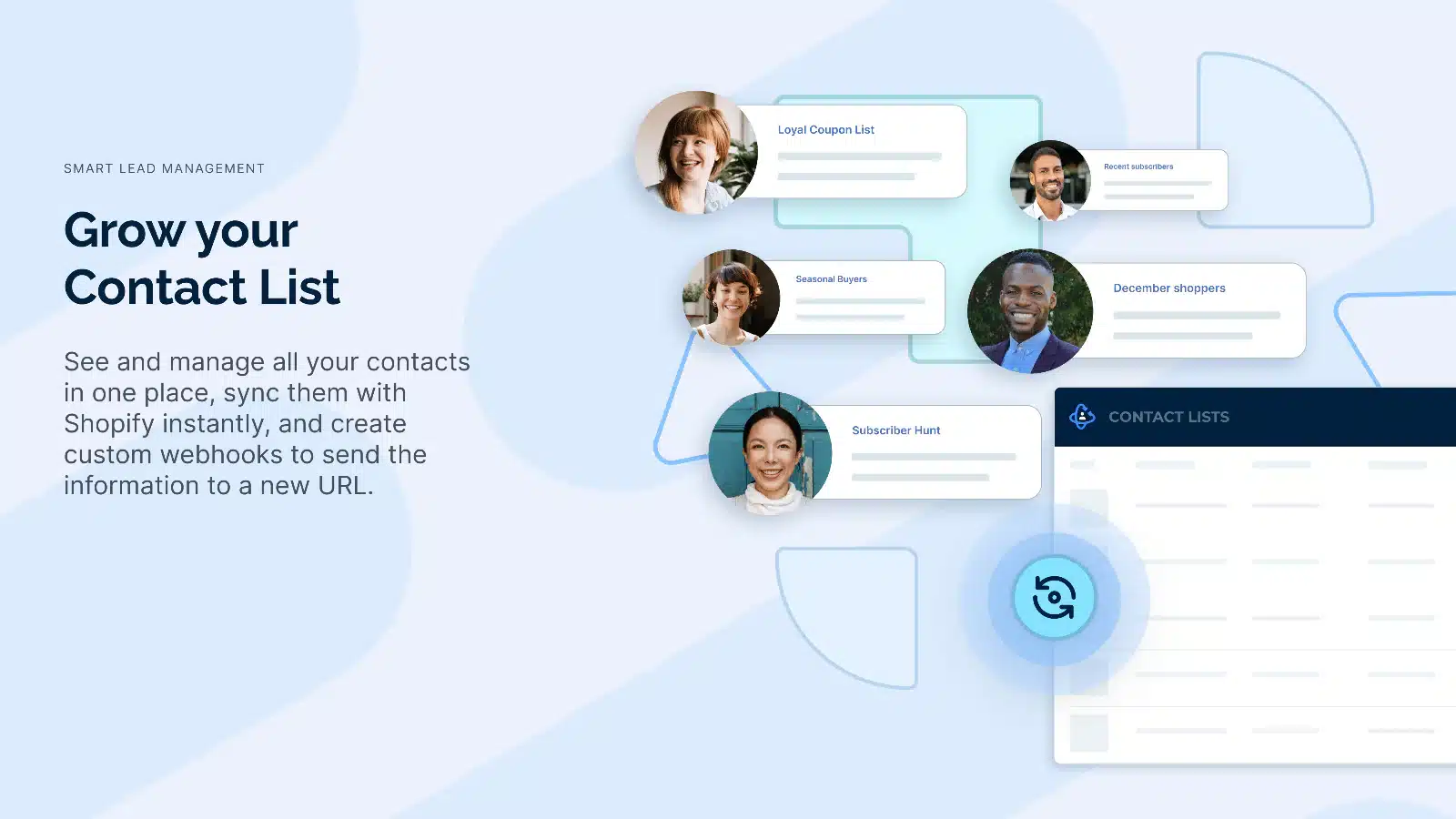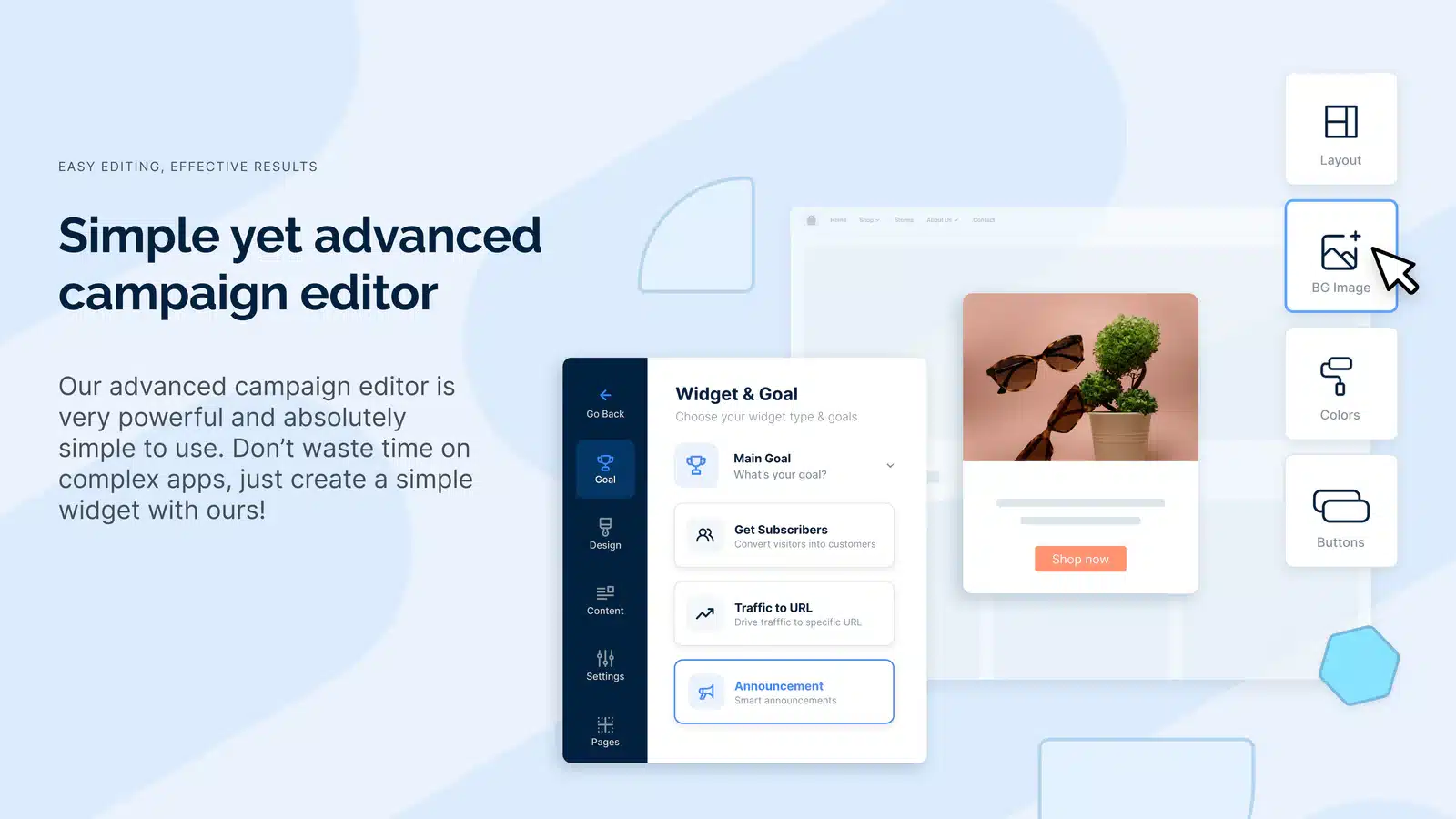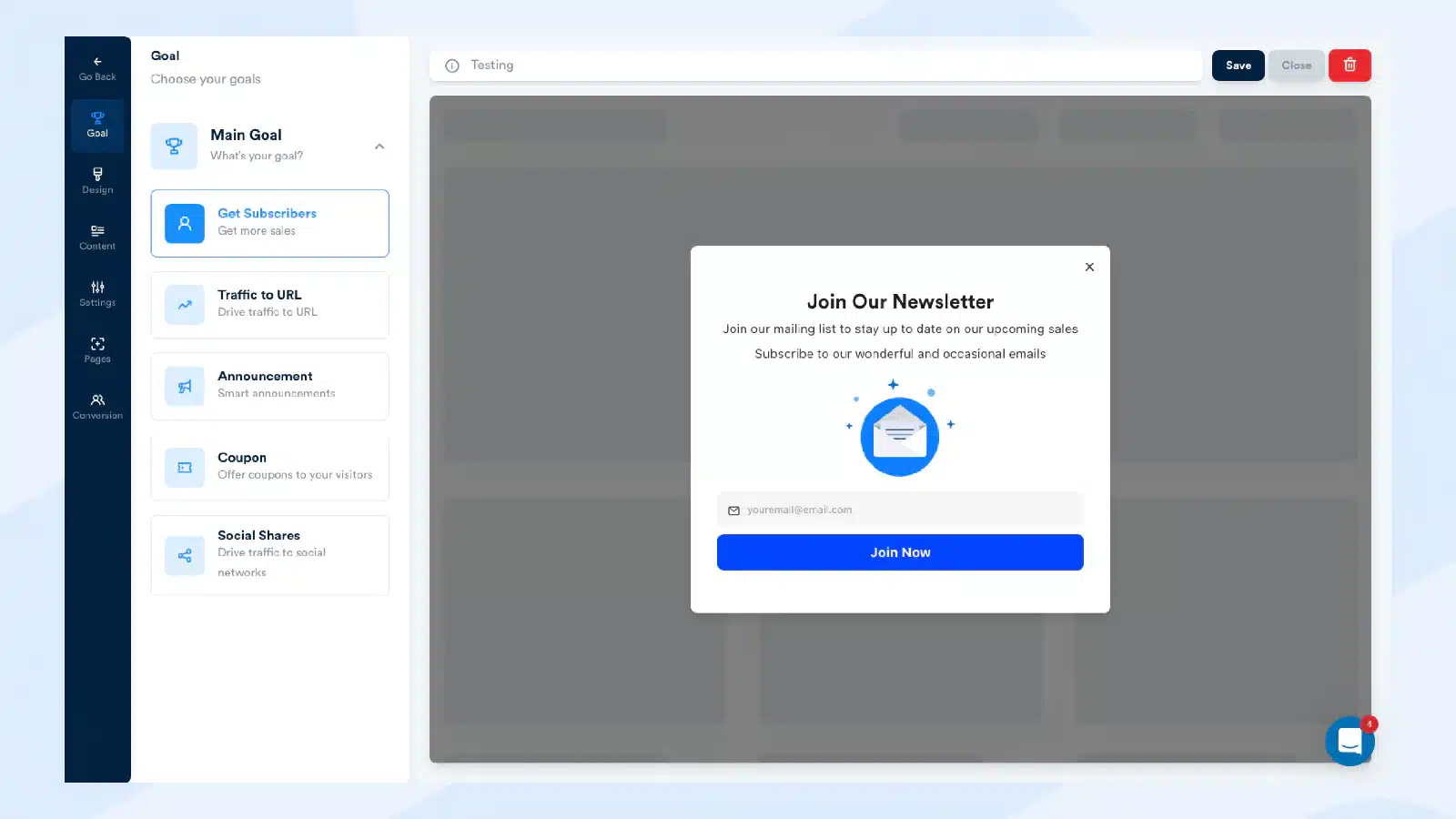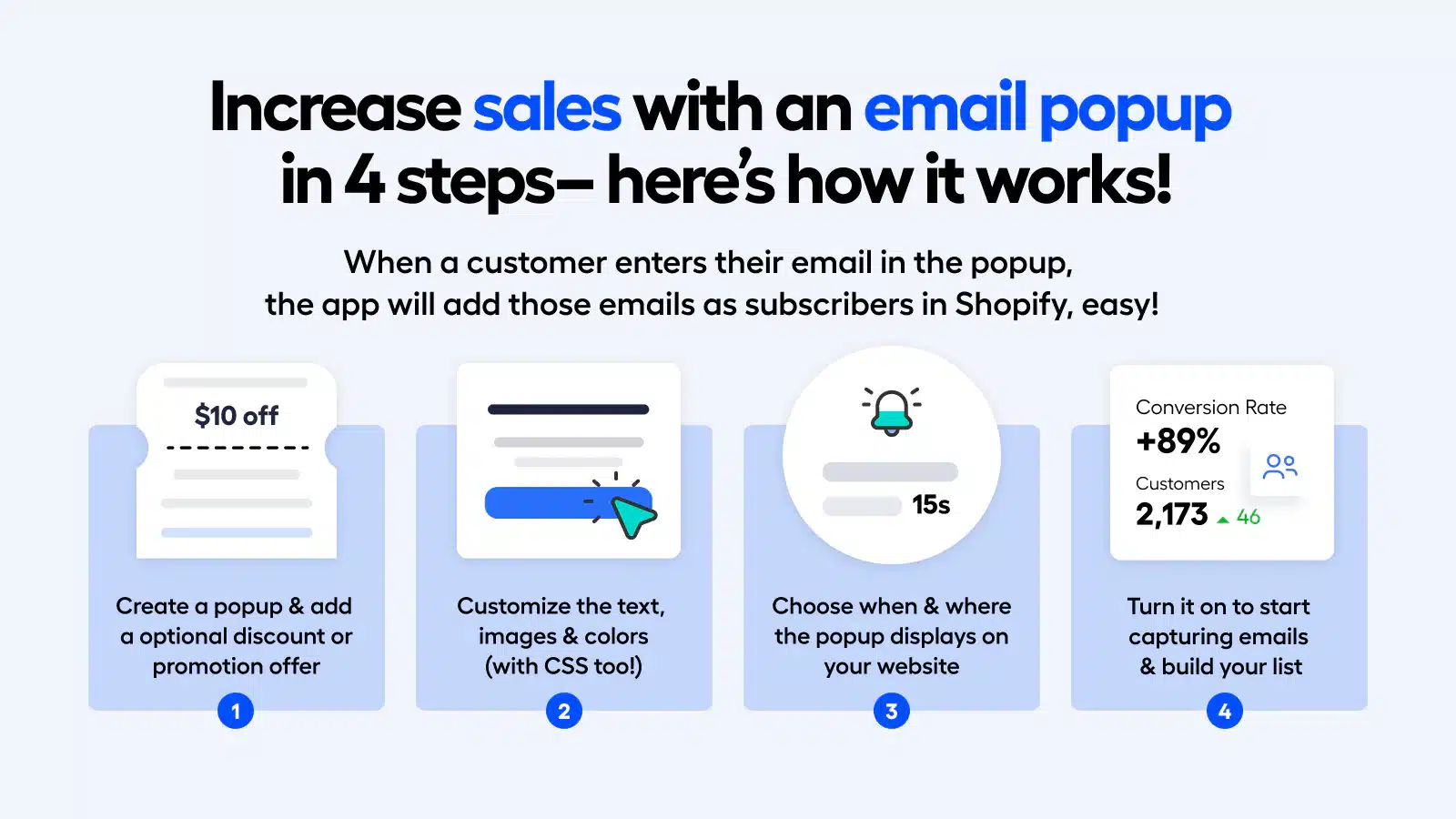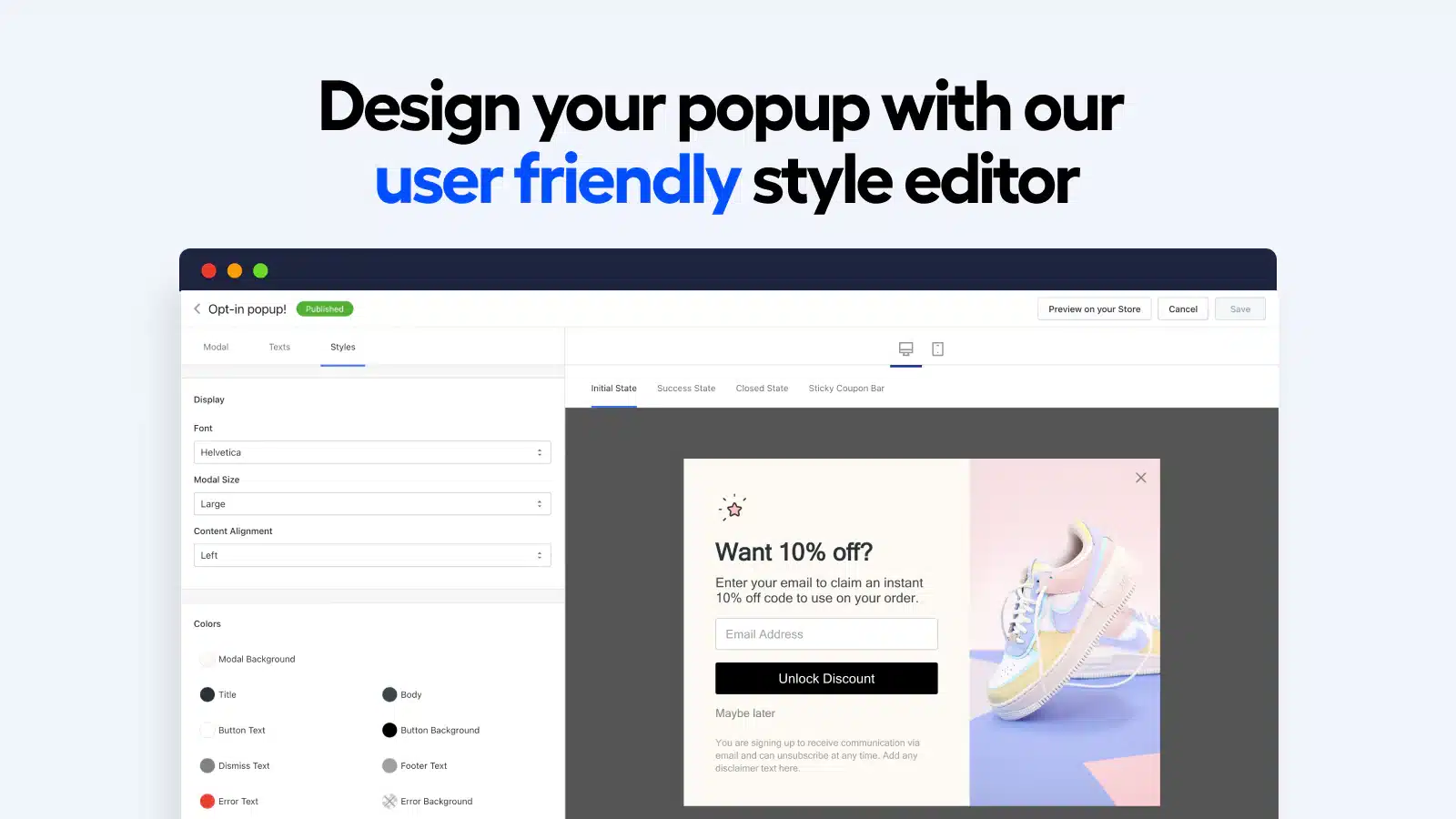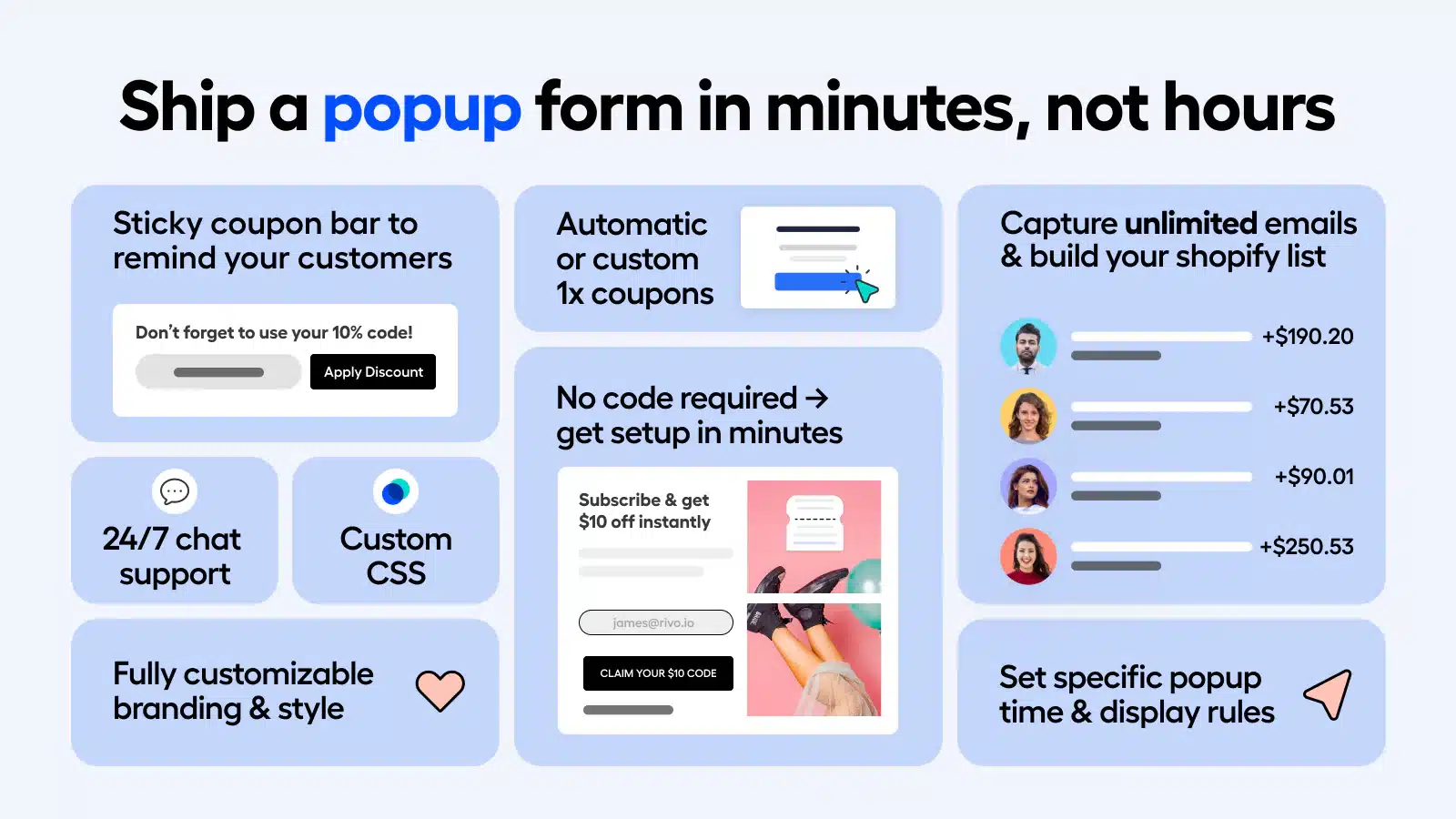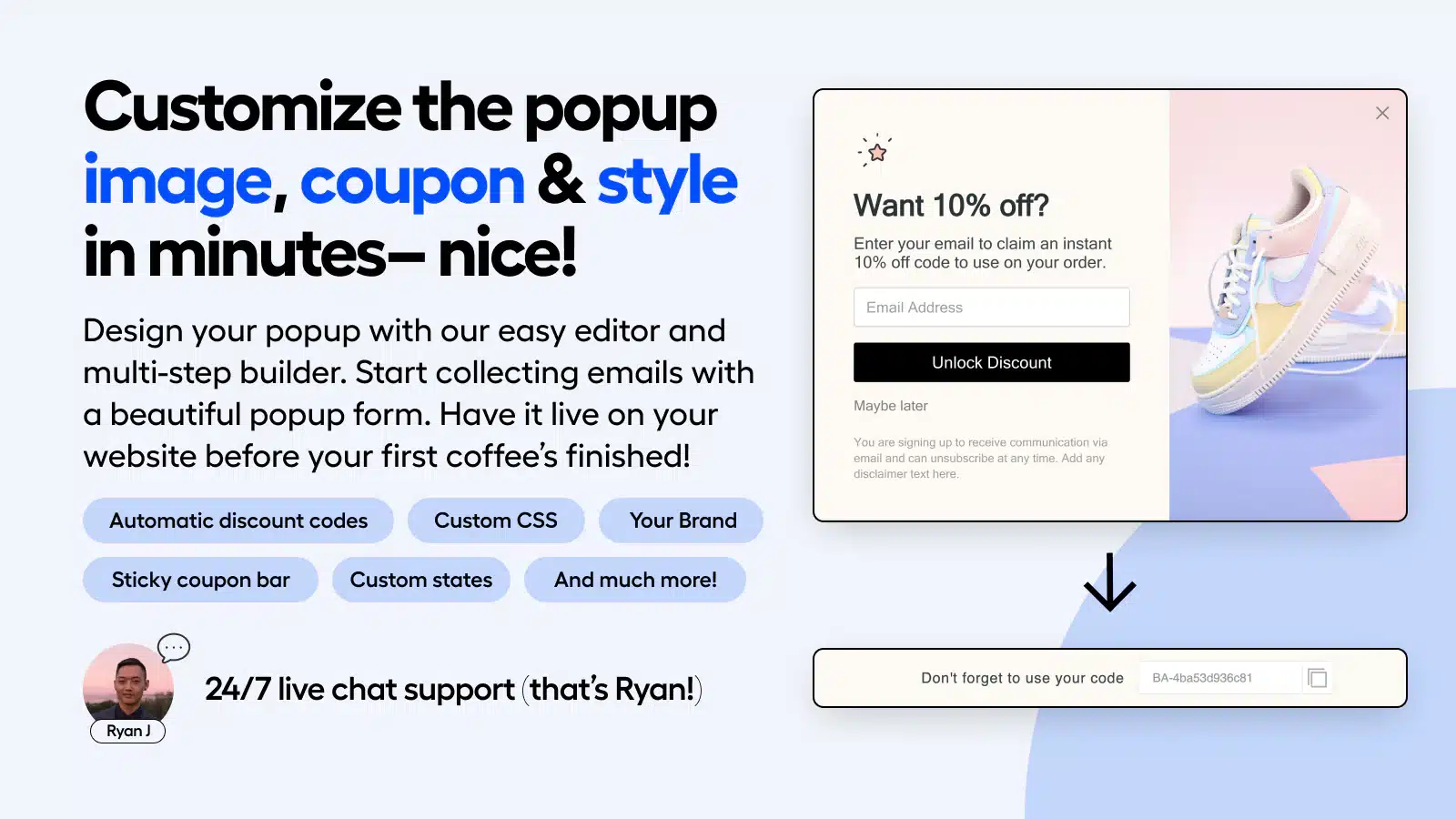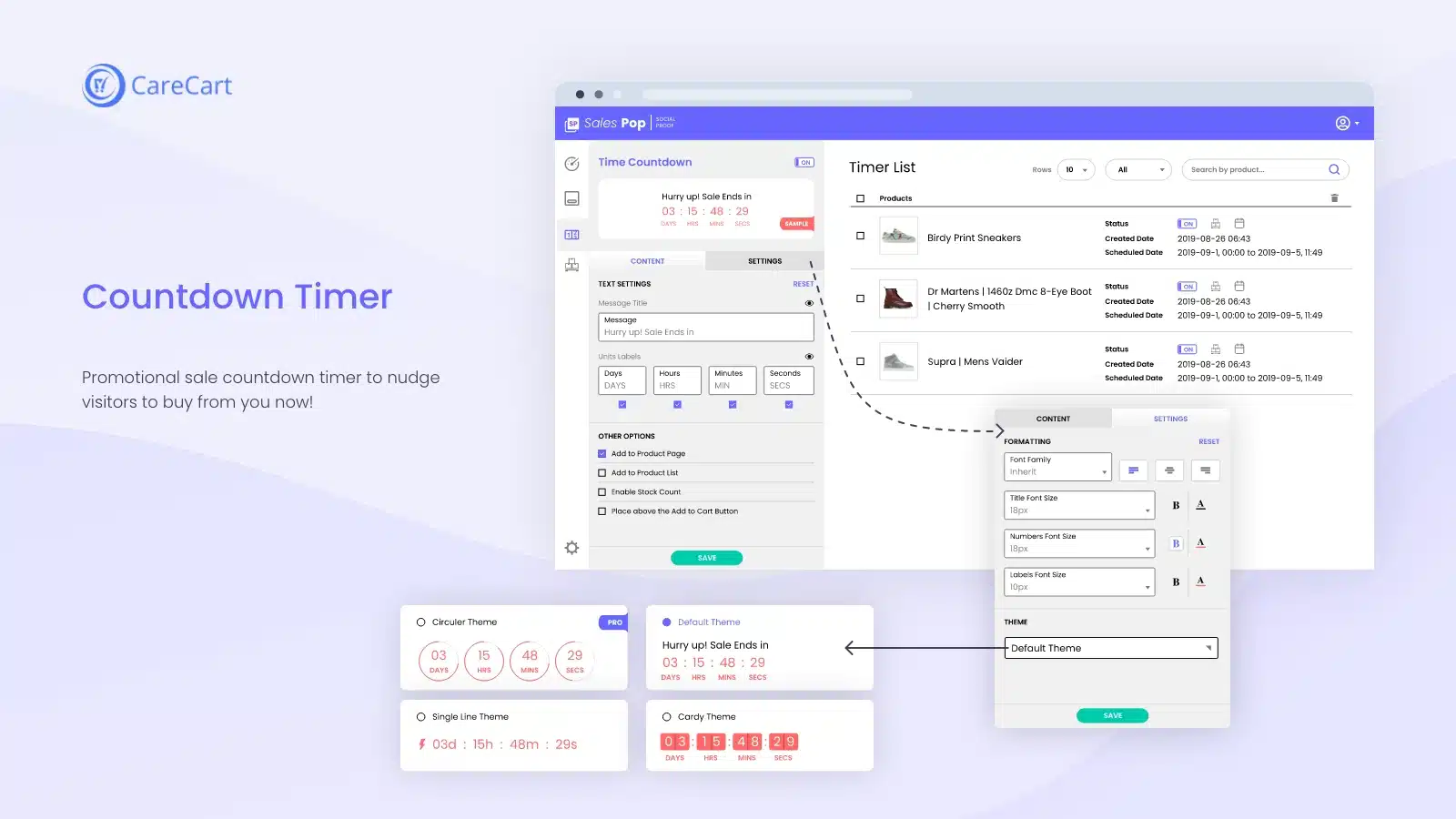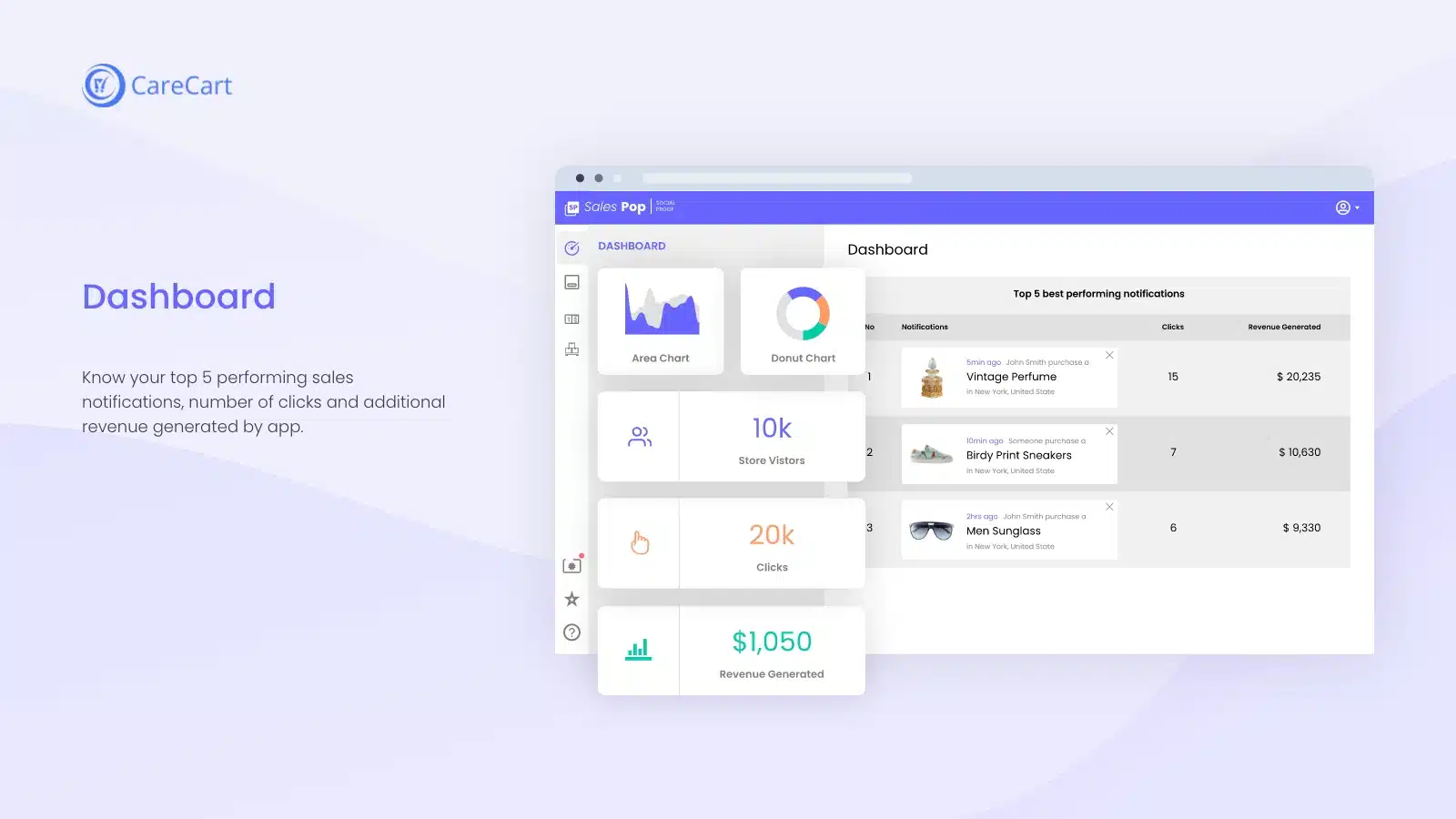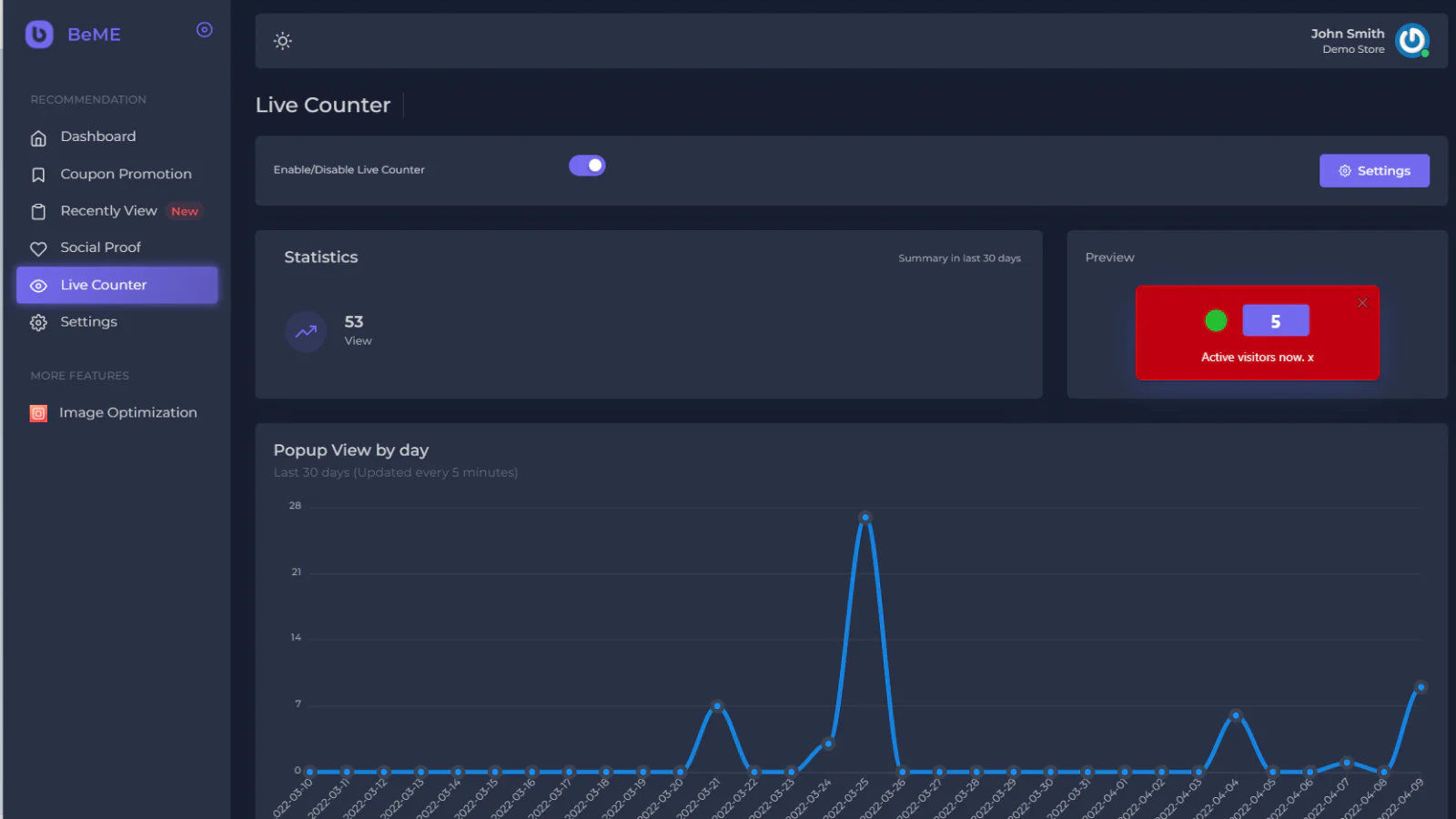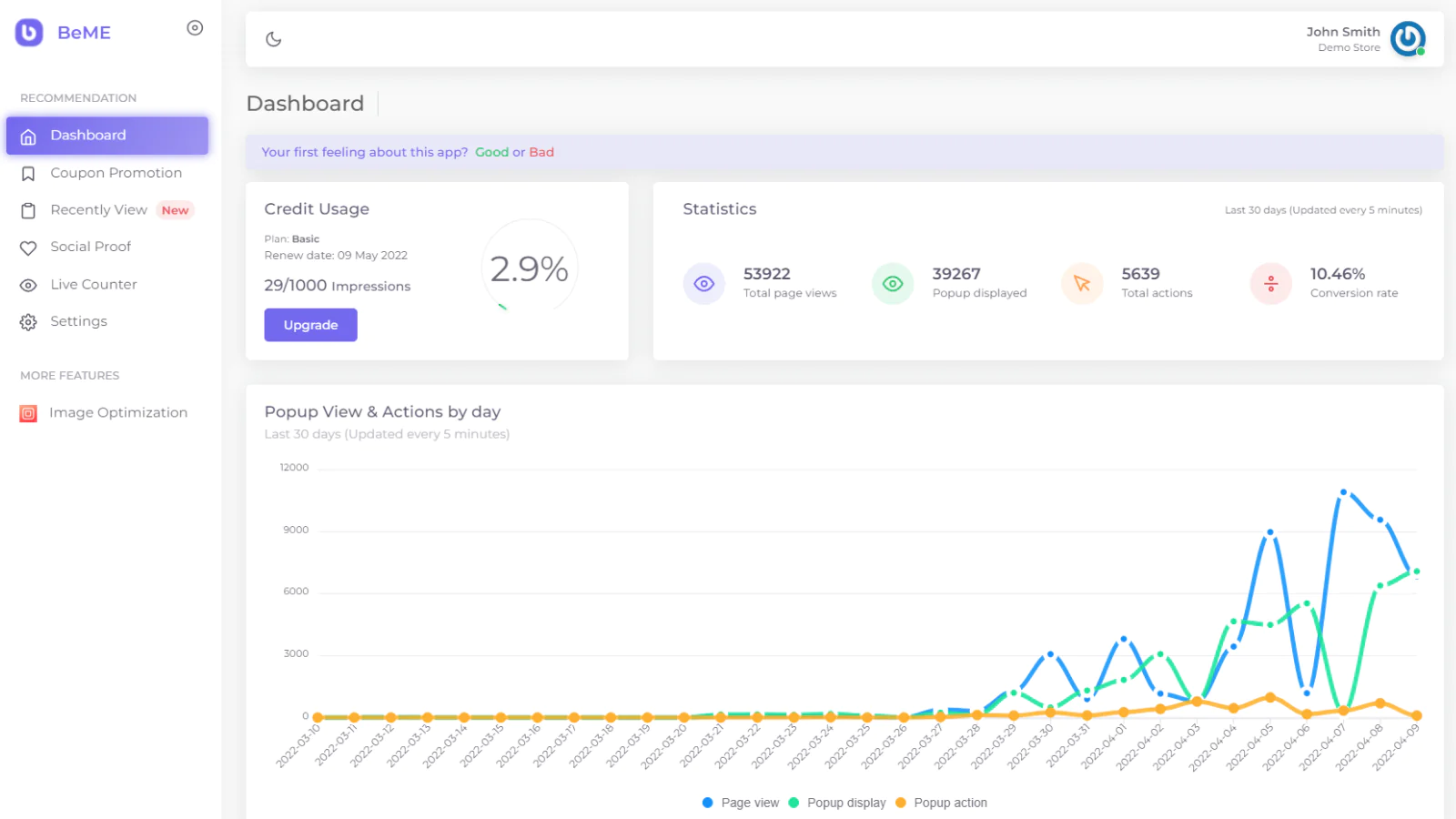Top 5 Best Shopify Popup Apps [March, 2025]
This guide helps ecommerce store owners to compare and find the best Popup apps for Shopify. Popup apps are popular for ecommerce businesses that want to drive engagement with their customers via pop up windows. However, with the variety of Shopify apps for Popup, it can be challenging to find the ideal app for store owners’ individual needs.
To help ecommerce store owners make the right choice, the attributes of available Shopify apps have been assessed considering: features, price, free trial availability, app store rating and free app options.
This guide compares five companies for merchants to review and find the optimal Popup app for their needs. To help them make an informed decision, a quick comparison table of the best Popup Shopify apps is shared below, followed by in-depth reviews and frequently asked questions.
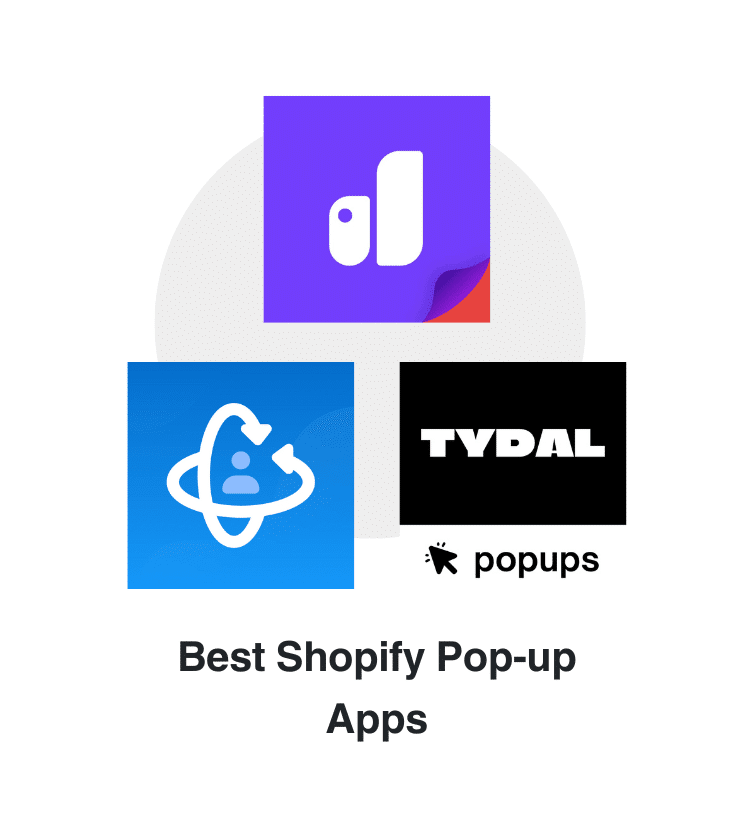

Free Guide: How To Find A Profitable Product To Sell Online
Excited about starting a business, but not sure where to start? This free, comprehensive guide will teach you how to find great, newly trending products with high sales potential.
Quick comparison of the best Shopify Popup apps
| # | App Name | Developer Name | Pricing | Rating | Free Trial | Image | Action |
|---|---|---|---|---|---|---|---|
| 1 | qikify Quick View Popups | qikify | $9.99/month | 4.8/5  |
yes | 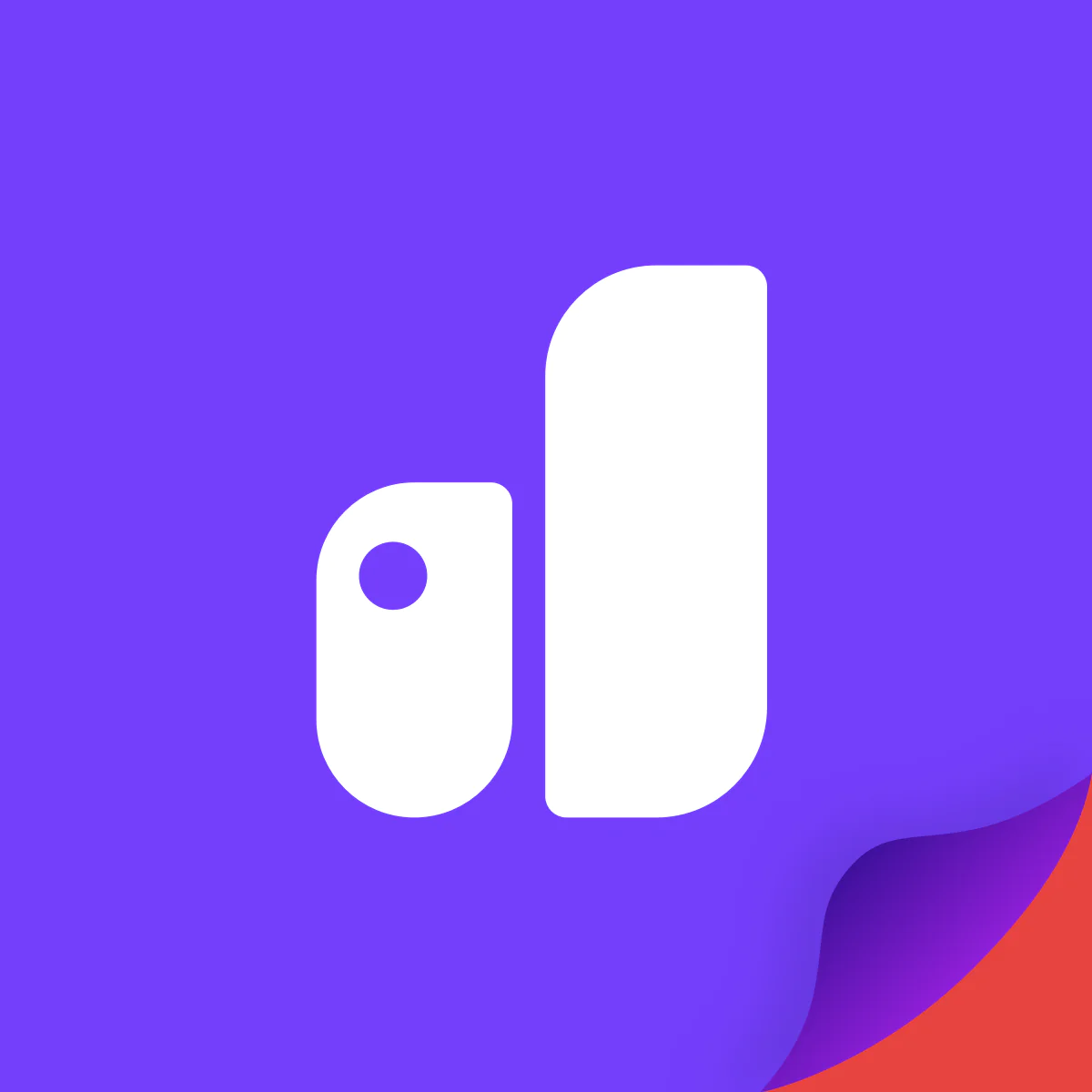 |
Get app |
| 2 | Pop Convert – Pop Ups, Banners | CartKit | $0/month | 4.9/5  |
no |  |
Get app |
| 3 | TYDAL Popups – Email Pop ups | TYDAL | $0/month | 5/5  |
no |  |
Get app |
| 4 | Sales Pop up Conversion Pro | Care Cart | $4.99/month | 4.8/5  |
yes | 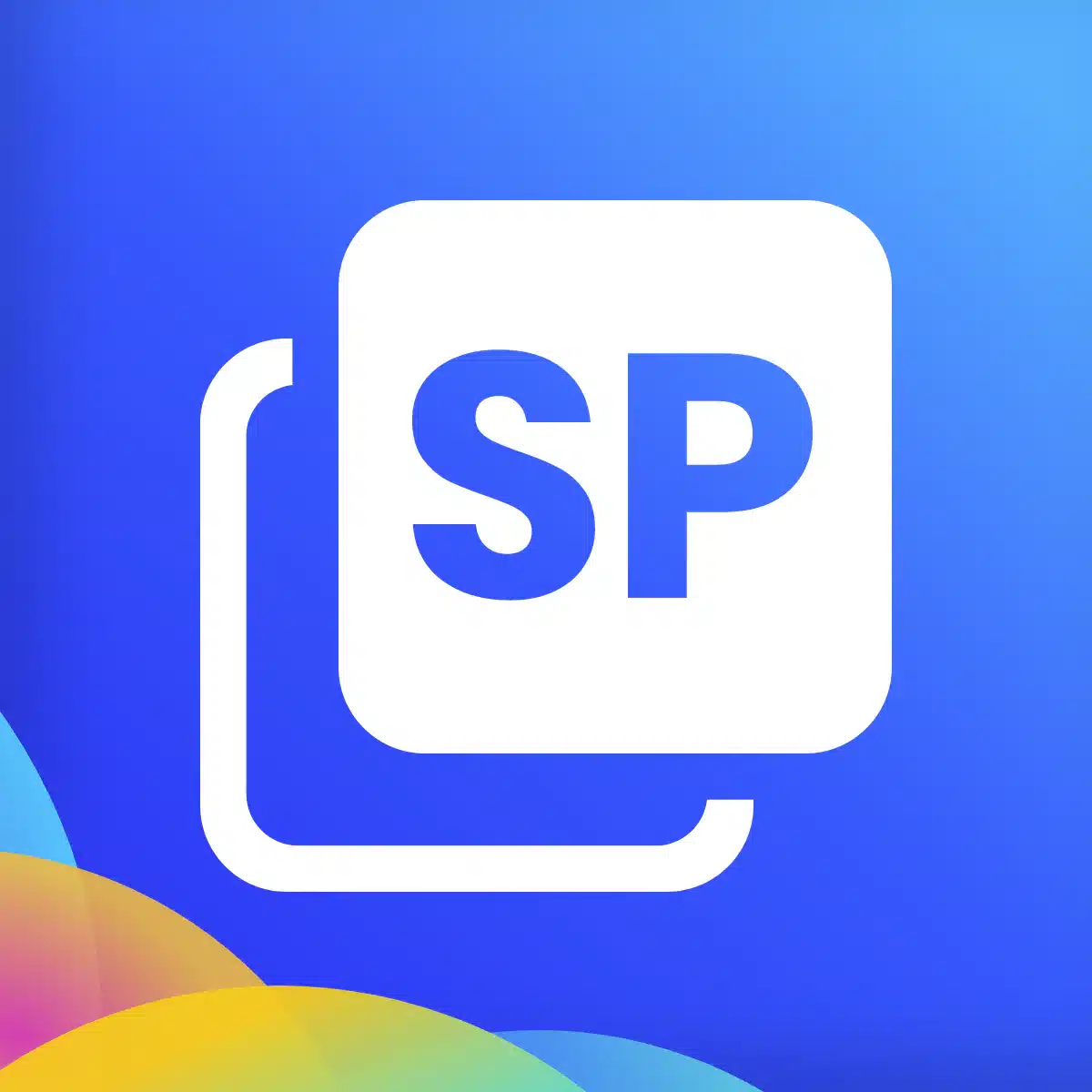 |
Get app |
| 5 | BeME: Sales Pop Total | BeME Apps | $19/month | 4.8/5  |
no |  |
Get app |
Top Shopify Popup apps reviewed
Table of contents:
How to Find The Best Popup Shopify App?
These five Popup apps for Shopify are ranked based on the following criteria:
- Features
- Price
- Rating on the Shopify app store
- Free trial availability
- Free app options
- Compatibility with other top apps
- Number of apps the app provider operates
- Pros and cons
- Built for Shopify badge
- Reviews and assessment by AcquireConvert
What are Shopify Popup apps?
Shopify Popup apps are tools that store owners use to engage with visitors on their websites through various popup windows. These apps are primarily used to enhance marketing strategies and improve user engagement. They serve multiple purposes, such as collecting email addresses for marketing campaigns, which helps build a mailing list for newsletters and promotions. These apps also promote special offers or discounts, encouraging visitors to make purchases or subscribe, often leading to improved conversion rates.
Additionally, some popup apps use exit-intent technology. This feature detects when a visitor is about to leave the site and presents them with a popup to offer incentives or capture information in an attempt to reduce cart abandonment rates. The apps typically offer extensive customization options, allowing store owners to align the popup’s appearance with their store’s theme. They also provide targeting features to show specific popups based on the visitor’s behavior, location, or interaction with the site.
Furthermore, popup apps integrate smoothly with other Shopify functionalities and third-party tools, ensuring that data collected can be easily used with other marketing tools and analytics. By deploying these apps, Shopify store owners can effectively engage their visitors, increase customer retention, and drive sales. These versatile tools can be tailored to fit various marketing goals and strategies, making them an essential part of achieving ecommerce success on the Shopify platform.
Are pop-ups an effective marketing strategy?
Yes, pop-ups can be a very effective marketing strategy when you use them wisely. They serve various important functions in digital marketing. For instance, pop-ups can significantly enhance engagement and conversion rates by capturing the attention of site visitors. These offer timely incentives such as discounts or exclusive content in exchange for actions like email sign-ups.
Pop-ups are also stellar tools for lead generation. They are especially useful for collecting email addresses, essential for nurturing leads via email marketing campaigns. Moreover, you can use pop-ups for promoting offers or content at strategic moments, which can enhance their effectiveness. For example, exit-intent pop-ups can present offers just as a visitor is about to leave your site, potentially converting a departure into a sale or lead.
The effectiveness of pop-ups also hinges on their customization and targeting capabilities. Today’s technology allows pop-ups to be tailored based on user behavior, such as time spent on site or specific pages visited. This targeting makes pop-ups relevant and less likely to annoy users.
However, it’s crucial to consider the user experience. Overusing pop-ups or implementing them in a disruptive manner can frustrate visitors and detract from their experience on your site. Ensuring that pop-ups are optimized for mobile devices is also vital, as poor optimization can affect both user experience and SEO. Additionally, it’s important to adhere to compliance and best practices, like those outlined by GDPR, ensuring that pop-ups do not force interaction and can be easily dismissed.
In summary, while pop-ups can effectively increase engagement and conversions, they must be used thoughtfully to maintain a positive user experience and comply with best practices. Employing strategic design, targeting, and timing can maximize their benefits while fostering a positive relationship with your audience.
How do I add a pop up banner in Shopify?
Adding a pop-up banner to your Shopify store can significantly enhance customer engagement. You have several straightforward methods at your disposal, depending on your preferences and skills.
The simplest way to implement a pop-up banner is by using an app from the Shopify App Store. Apps like the ones above offer easy-to-use, customizable pop-up solutions that integrate seamlessly with Shopify. These apps typically provide tools for designing your pop-up, setting triggers, and managing analytics. After installing your chosen app, you can follow its setup instructions to create and activate your pop-up.
If you prefer a more hands-on approach, you can add custom HTML, CSS, and JavaScript directly to your theme’s files. You can do this through the Shopify admin panel by navigating to ‘Online Store’ and then ‘Themes’. Here, you’ll find the option to edit your theme’s code, where you can insert your custom HTML and use CSS and JavaScript to style and control your pop-up.
Alternatively, using third-party marketing platforms like Mailchimp or Klaviyo can also be effective. These services offer pop-up functionalities and integrate directly with Shopify, allowing you to manage your pop-up campaigns alongside other marketing efforts.
Regardless of the method you choose, ensure your pop-up aligns with your brand and is designed thoughtfully to enhance the user experience rather than disrupt it. Well-designed pop-ups that offer real value can be a powerful tool for increasing conversions and building customer relationships.
Conclusion: Best Shopify Popup Apps
It requires time and effort to compare and evaluate features of the various different Popup Shopify apps to find the ideal option.
Shopify store owners must evaluate relevant information to make the optimal choice for their needs.
This guide does the challenging work for merchants by comparing and evaluating the top choices for different Popup Shopify apps. The results of our analysis of the best Popup Shopify apps are listed below:


